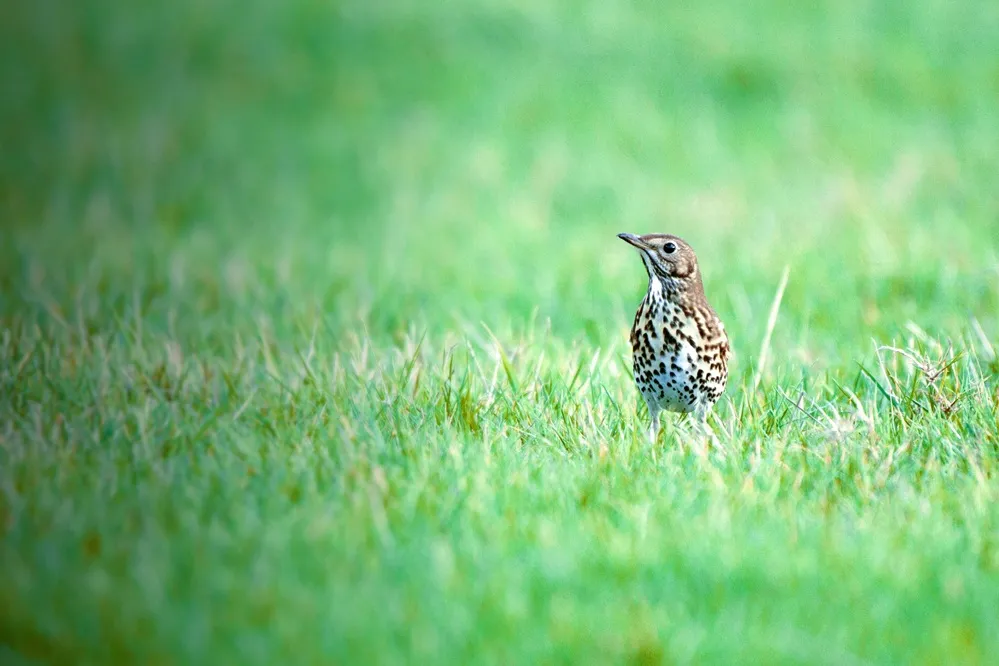It can be difficult to know where to start if you’re looking to improve your bird identification skills. But help is at hand. From bird ID videos and Field Craft articles to field guides, audio clips and training courses, there is a wealth of excellent resources to make learning quicker and easier.

Song Thrush, by John Harding / BTO
Watch our bird ID videos
Watching videos of the species you find challenging can be incredibly useful. This is especially true if they highlight behaviours or characteristics that can help you to confirm an identification.
- BTO bird ID videos cover most of the commonly-encountered confusion species / groups, and several rarer ones, too. They incorporate video footage, photographs, sound recordings and expert commentary to help you pick out and learn the key identification features.
Read our Field Craft articles
Our bird ID-focused Field Craft articles cover common confusion species, how to use characteristics like structure and plumage to identify birds and more.
Grab a field guide
Read up and research!
Give yourself a head start in bird identification by being prepared. Grab a good field guide and look through it regularly until you are familiar with the layout and where to find particular species / groups. Not only will this help you learn some of the identification pointers it contains but it will also make it easier for you to find your way around the book / app when you are out in the field. On that note, be sure to take it out with you!
Do some basic research about the species likely to be found in the habitats / areas you plan to visit, and the time of year those species are present, will narrow down the list of likely options when an unfamiliar bird pops up in front of you.
If you’ve done enough research, you might recognise the species straight away, even if it is one you haven’t seen before.
- With or without photos, you can get help with identification from the Merlin Bird ID app for iPhone and Android smartphones. BTO helped to develop the Britain and Ireland pack for this free and very powerful resource.
You could also dip into our BirdFacts species pages to learn more about each species.
Train your ears
Many people find identifying birds by the sounds they make to be particularly challenging. There’s no shortcut to mastering this but there are several tips that can help:
- Try to see the bird that is making the unfamiliar sound – if you then identify it, this will help the process of remembering it for next time.
- Describe the sound you are hearing, either out loud to someone else or in your head. Does it stay at one pitch or go up and down? Is it loud or quiet? Fast or slow? Repetitive or varied? Does it remind you of another sound?
- Come up with your own mnemonics / funny words or phrases to help you remember particular species e.g. Collared Dove: the bored football fan “U-nite-ed, U-nite-ed”.
- Start with a small number of species, perhaps 5 or 6 common garden / woodland birds, and work hard to commit these to memory before tackling ‘new’ species.
- Listen to recordings, e.g. on websites such as www.xeno-canto.org. Again, start with a small selection of commonly-encountered species and try to learn these well before taking on new ones.
- Go on a BTO training course!
Training courses
Practice makes progress!
Whether on your own, in groups of similar ability or with an expert such as on a BTO training course, the more you look at and listen to birds and try to identify them, the easier it becomes.
- Adopting a local patch and joining your nearest bird club are good ways to stay motivated and keep on learning.
- Use our database to help you become familiar with the birds on your doorstep: this will give you a solid foundation to build on when you birdwatch in new areas and habitats.